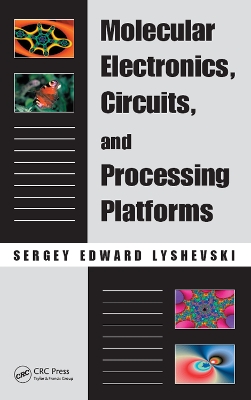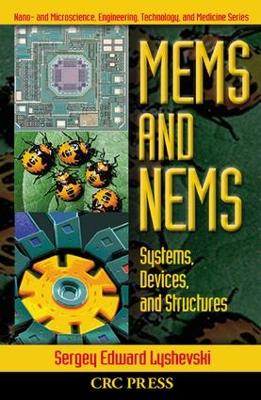Nano- and Microscience, Engineering, Technology and Medicine
3 total works
Focusing on recent developments in engineering science, enabling hardware, advanced technologies, and software, Micromechatronics: Modeling, Analysis, and Design with MATLAB (R), Second Edition provides clear, comprehensive coverage of mechatronic and electromechanical systems. It applies cornerstone fundamentals to the design of electromechanical systems, covers emerging software and hardware, introduces the rigorous theory, examines the design of high-performance systems, and helps develop problem-solving skills. Along with more streamlined material, this edition adds many new sections to existing chapters.
New to the Second Edition
- Updated and extended worked examples along with the associated MATLAB (R) codes
- Additional problems and exercises at the end of many chapters
- New sections on MATLAB
- New case studies
The book explores ways to improve and optimize a broad spectrum of electromechanical systems widely used in industrial, transportation, and power systems. It examines the design and analysis of high-performance mechatronic systems, energy systems, efficient energy conversion, power electronics, controls, induced-strain devices, active sensors, microcontrollers, and motion devices. The text also enables a deep understanding of the multidisciplinary underpinnings of engineering. It can be used for courses in mechatronics, power systems, energy systems, active materials and smart structures, solid-state actuation, structural health monitoring, and applied microcontroller engineering.
Molecular Electronics, Circuits, and Processing Platforms
by Sergey Edward Lyshevski
The development of micro- and nano-mechanical systems (MEMS and NEMS) foreshadows momentous changes not only in the technological world, but in virtually every aspect of human life. The future of the field is bright with opportunities, but also riddled with challenges, ranging from further theoretical development through advances in fabrication technologies, to developing high-performance nano- and microscale systems, devices, and structures, including transducers, switches, logic gates, actuators and sensors.
MEMS and NEMS: Systems, Devices, and Structures is designed to help you meet those challenges and solve fundamental, experimental, and applied problems. Written from a multi-disciplinary perspective, this book forms the basis for the synthesis, modeling, analysis, simulation, control, prototyping, and fabrication of MEMS and NEMS. The author brings together the various paradigms, methods, and technologies associated with MEMS and NEMS to show how to synthesize, analyze, design, and fabricate them. Focusing on the basics, he illustrates the development of NEMS and MEMS architectures, physical representations, structural synthesis, and optimization.
The applications of MEMS and NEMS in areas such as biotechnology, medicine, avionics, transportation, and defense are virtually limitless. This book helps prepare you to take advantage of their inherent opportunities and effectively solve problems related to their configurations, systems integration, and control.


